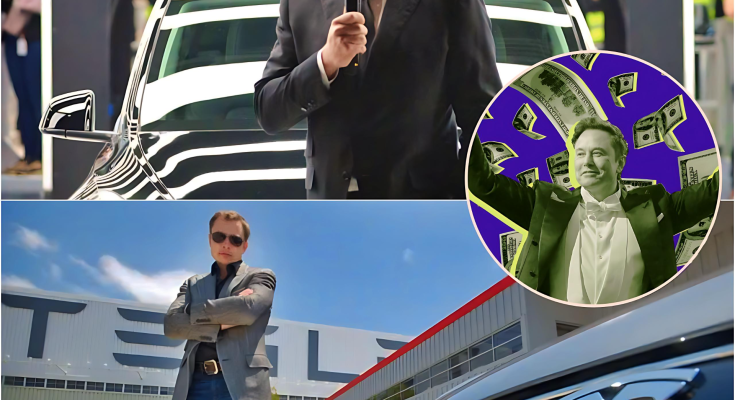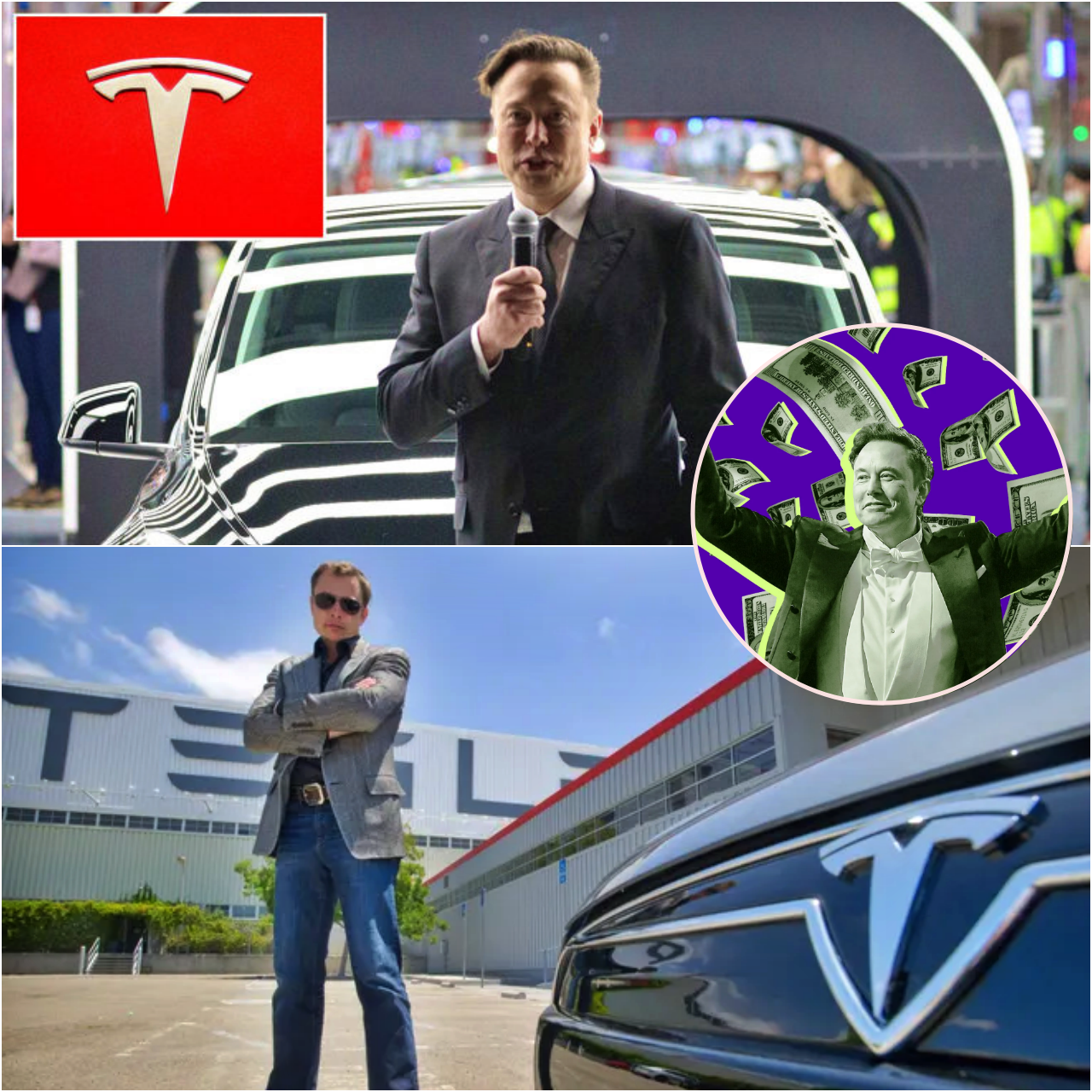The EV Revolution Just Slammed Into MAX SPEED 💥
Austin, TX — The wait is over. After years of whispers, leaks, and industry speculation, Elon Musk has officially pulled the wraps off Tesla’s newest and most ambitious project yet — GigaFactory Delta, a next-generation LFP battery megafactory so massive it could single-handedly change the trajectory of the global car market.
This isn’t just an upgrade. This is a full-blown EV earthquake.
The $24,990 Tesla That Changes Everything
For over a decade, Tesla fans — and even skeptics — have been waiting for the car. The one that wouldn’t just compete with gas cars on performance, but beat them on price.
That car is now real. It’s called the Tesla Model 2. It’s a compact hatchback, 250–300 miles of range, Autopilot-ready, and designed from the ground up to roll off assembly lines by the millions.
Starting at just $24,990.
Read that again.
The LFP Power Play
The secret weapon here isn’t just design — it’s battery chemistry.
Instead of relying on expensive nickel or controversial cobalt, Tesla is going all-in on Lithium Iron Phosphate (LFP) batteries — safer, cheaper, longer-lasting, and made with far more abundant materials.
GigaFactory Delta will pump out 1.5 terawatt-hours of LFP capacity every year — enough for 42 million Model 2 units over time, plus Tesla’s Powerwall, Megapack, and future robotaxi fleets.
As Musk put it during the livestream launch:
“We’ve cut two-thirds of the supply chain complexity. This is how EVs go from luxury niche to mass adoption.”
Why This Is a Game-Changer
-
Cheaper Production: LFP costs less to make, and it’s not tied to volatile mineral markets.
-
Safety First: Lower risk of overheating or thermal runaway.
-
Eco Impact: Easier to recycle, with fewer environmental scars from mining.
-
Scalable: Perfect for millions of vehicles and massive energy storage projects.
Tesla’s been testing LFP tech in China for years — now they’re bringing it home at industrial scale.
The Global Shockwave
Analysts are already calling this a “Detroit-level disruptor” — except this time, the shock is coming from America.
BYD and CATL might have pioneered LFP in Asia, but Tesla just planted a flag in North America with production muscle no competitor can match.
EV market analyst Karen Zhou didn’t mince words:
“A sub-$25K Tesla with this range? Legacy automakers are in trouble. This will gut the entry-level gas segment.”
Beyond Cars — The Energy Takeover
GigaFactory Delta isn’t just for the Model 2. Tesla is building batteries for:
-
Home energy (Powerwall, Powerpack upgrades)
-
Grid-scale storage (Megapack)
-
Robotaxi fleets (launching as early as 2026)
It’s a two-front revolution — transportation and energy — and Musk is aiming to dominate both.
The Race to Scale
Production has already started. First Model 2 deliveries will hit U.S. roads by late 2025, with Europe and Asia following in early 2026. Musk’s target: 5 million Model 2s a year by 2026.
It’s bold. It’s risky. But so was building the first Tesla Roadster, the first Falcon 9 rocket, and the first reusable booster.
And we know how those turned out.
Musk’s Closing Shot
In classic Elon fashion, he ended the launch with a line designed to make headlines:
“Affordable energy, affordable mobility — that’s how we change the future. And the future starts today.”
With the $24,990 Model 2 and GigaFactory Delta’s LFP muscle, Tesla isn’t just chasing the EV crown.
They’re rewriting the rules of the global auto industry — and maybe, the energy game itself.




